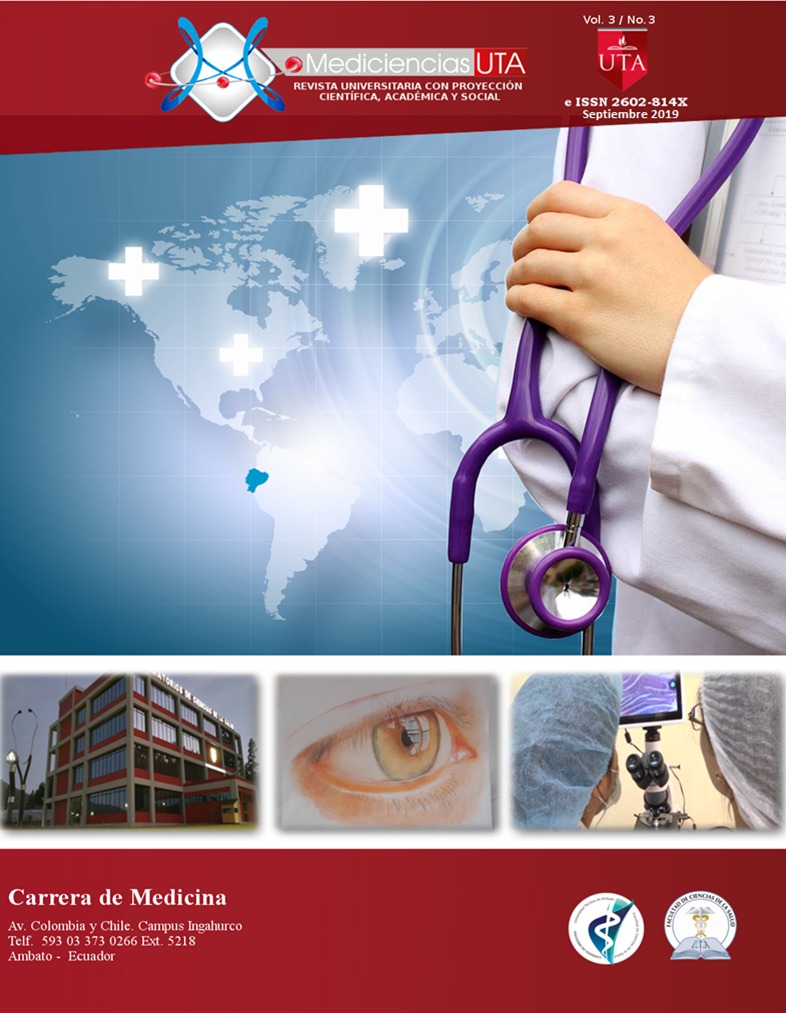Skin leishmaniasis: late treatment with favorable evolution.
Main Article Content
Abstract
Introduction: Leishmaniasis in a parasitic zoonotic disease caused by protozoa of the genus Leishmania, which is transmitted to humans through the bite of the femaledipter of the subfamily Phlebotomus and Lutzomyia. The World Health Organization (WHO) classifies leishmaniasis as an emerging and uncontrolled disease. Worldwide, 1.5 and 2 million new cases occur each year, 350 million are at risk of contracting the disease, finally leishmaniasis causes 70,000 deaths per year. In Ecuador it is an endemic ally-endemic disease with a presence at the level of 22 of the 24 provinces, with special location in the tropical and subtropical rural areas of the Amazon region maintaining at the disposal of the Ministry of Health its immediate individual epidemiological report, but without statistical data from these reports it is a public health problem and a constant challenge for health personnel who must face the prevention and treatment of this type of disease. The clinical case of a 23-year-old male patient residing in the tiwintza province of Morona Santiago, which comes from having ulcerated suppurative lesion at the left-hand dorsal region level with 2 months of evolution, ispresented.
Objective: Describe a clinical case of skin Leishmaniasis with late treatment and favorable evolution.
Material and methods: Retrospective descriptive study, clinical case presentation.
Results: It describes a clinical case of male patient of 23 years of age inhabitant of Amazonian area with exposure to mosquito bite after which has ulcerated injury in the left hand that for work reasons travels to the sierra region where they err in the diagnosis and treatment which worsens the initial injury, so it is attended for care in the health center of your local it where skin leishmaniasis is diagnosed and meglumine antimonyate treatment is initiated with which favorable resolution of the Case.
Conclusions: Skin leishmaniasis despite being a tropical-prevalence disease and because in our country there is poor vector control due to geographical and social factors has increased its occurrence in recent years as evidenced in the gazettes VECTORs of the MSP. In addition, the training units of medical staff should emphasize training for proper prevention, as well as timely diagnosis and treatment, as the rapid evolution of injuries can compromise the well-being of be a public health problem.



